Following the strongest spring in 10 years, the residential real estate market should continue to see growth throughout the summer despite some growing economic headwinds.
Through May, year-to-date home sales (that’s non-adjusted existing- and new-home sales combined) are up 6 percent over last year, which was the best year since 2007, according to realtor.com calculations using National Association of Realtors and Commerce Department data. Meanwhile, home prices are again up 5 percent to 6 percent, according to Case-Shiller and other sources.
While some would-be buyers are being hindered by low inventory and tight lending, this is the strongest performance we’ve seen since the housing boom.
During the boom, loose credit enabled unsustainable increases in home ownership as well as speculative over-building. We all know what happened next.
Today we still haven’t recovered completely. For instance, right now we’re building only about half the new homes we need to keep pace with the number of households being formed.
That’s happening in part because the construction industry is having a tough time accessing credit – which is also a problem for consumers. Credit for would-be homebuyers has tightened this year as mortgage rates have fallen to new three-year lows.
Tight credit is limiting new home supply as well as existing home supply. Many homeowners who bought 10 or more years ago wouldn’t qualify for a similar mortgage today.
We continue to see fewer homes for resale compared to a year ago. In fact, the supply of these homes has been well below normal for the last 45 months. It is no wonder then that the inventory available in recent months moved at the fastest pace so far in this recovery, staying on the market for a median of only 65 days, according to realtor.com.
Despite these challenges, things are still looking good.
For at least the next 15 years, the two largest generations in history, millennials and baby boomers, will be making critical decisions about where and how they want to live.
Millennials are entering their prime household formation and buying years. They already dominate the home buyer pool, and the ranks of millennial home buyers will only grow from here.
Meanwhile more than 3.5 million baby boomers turn 65 this year. Those numbers grow as well, reaching 4.5 million a year in a decade. We are seeing that “65 is the new 55,” when it comes to boomers taking action on their retirement housing plans.
The economic backdrop may be softening, but it is still positive. Unemployment continues to decline and is approaching full employment. Consumer confidence is managing to stay relatively strong despite election year jitters about the future.
And now Brexit has pushed interest rates even lower, likely keeping 30-year mortgage rates solidly under four percent for the rest of this year. Lower rates expand buying power and create a sense of urgency especially as would-be buyers get the message that rates will never be lower.
Indeed, the decline in rates from the beginning of the year until now has more than offset the rise in prices we have been seeing on average across the U.S.
Of course all housing is local, so trends vary based on location. The hottest markets are places with strong economic growth and not enough new construction to meet demand, such as San Francisco; Dallas; San Diego, Calif.; and Denver. These places are producing more than enough qualified buyers, but the housing stock just isn’t there.

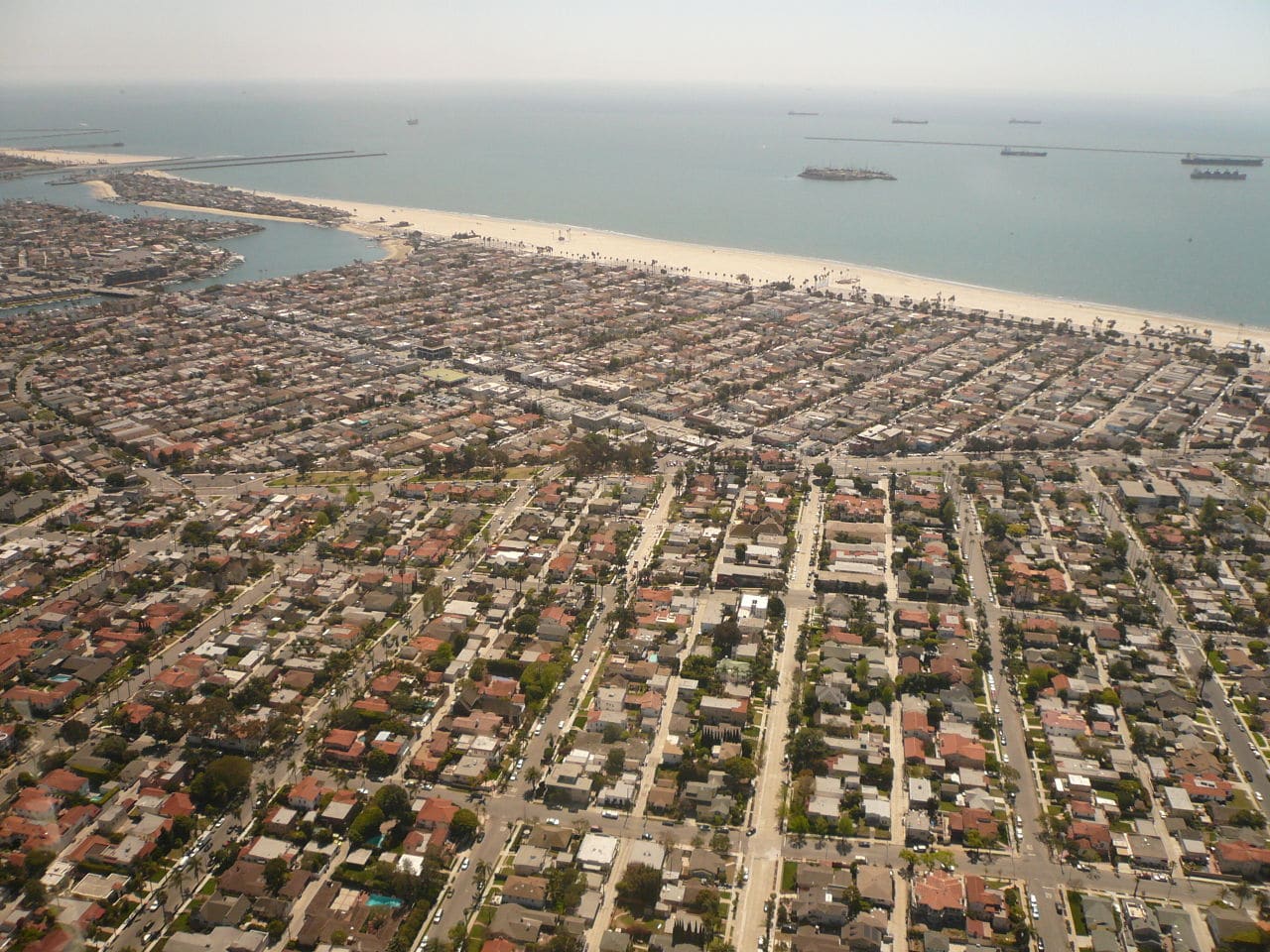
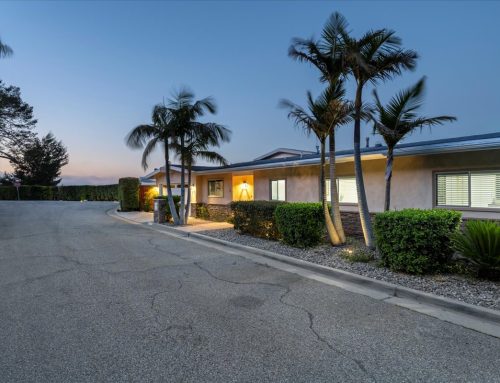
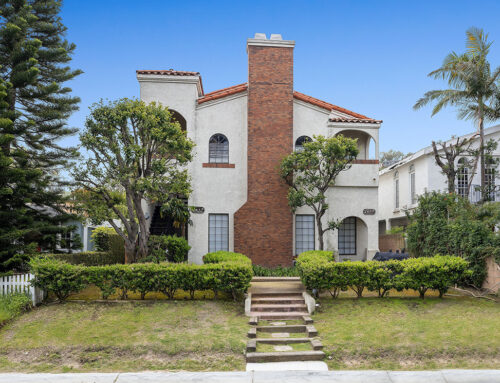
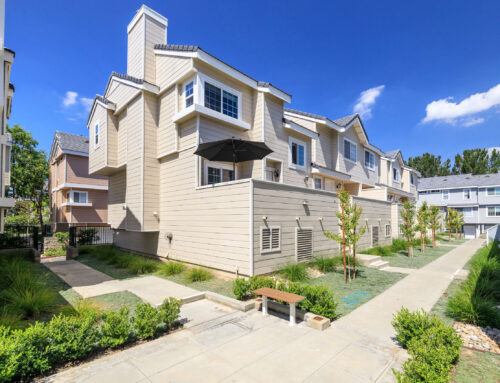
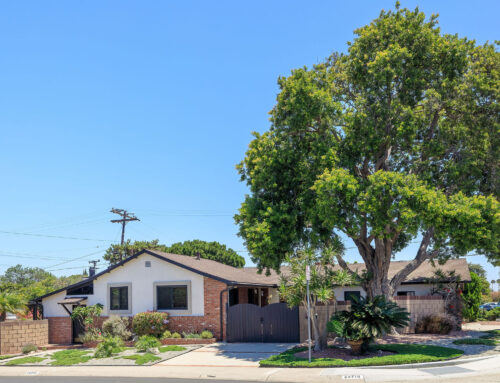
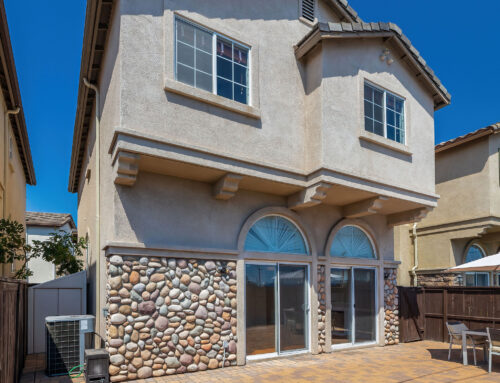
Leave A Comment
You must be logged in to post a comment.